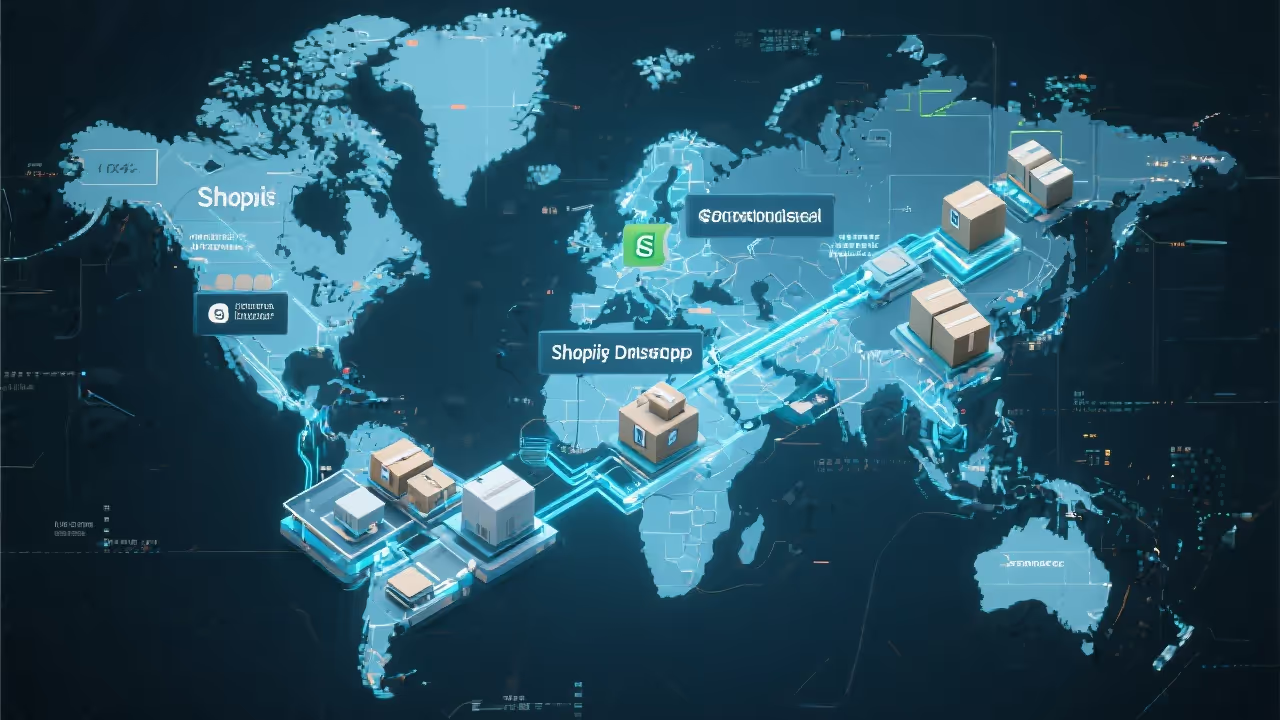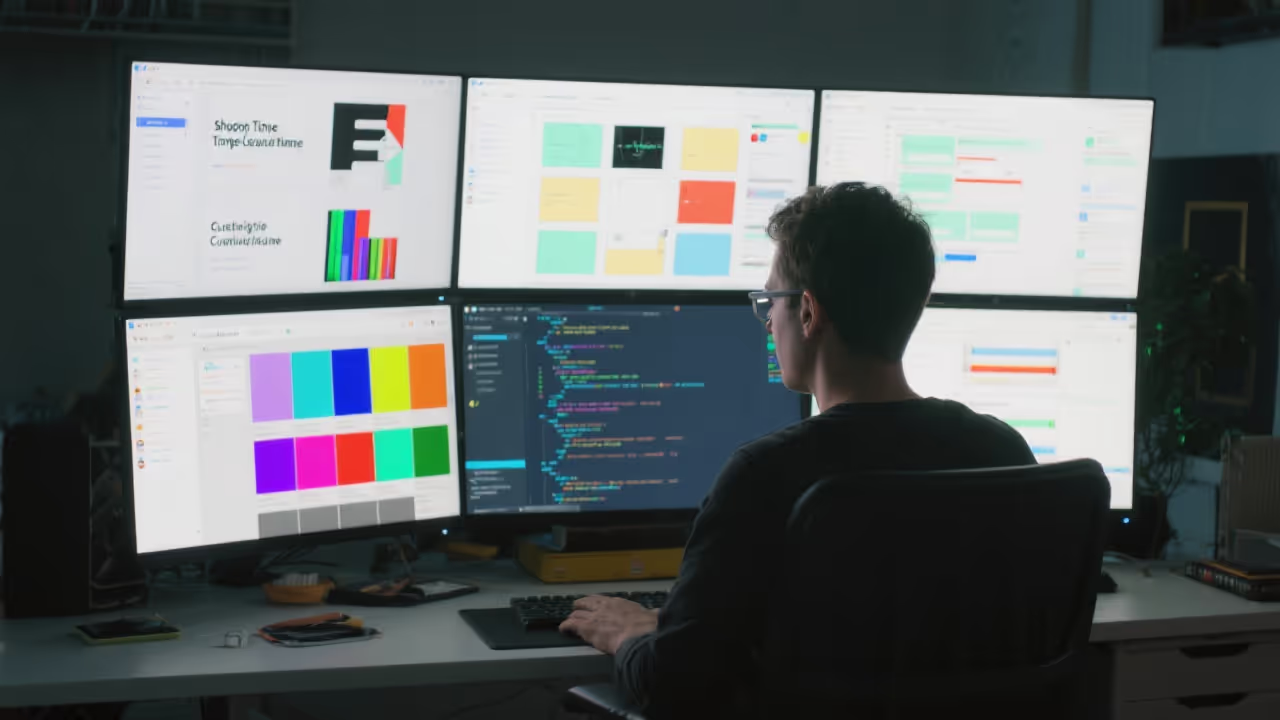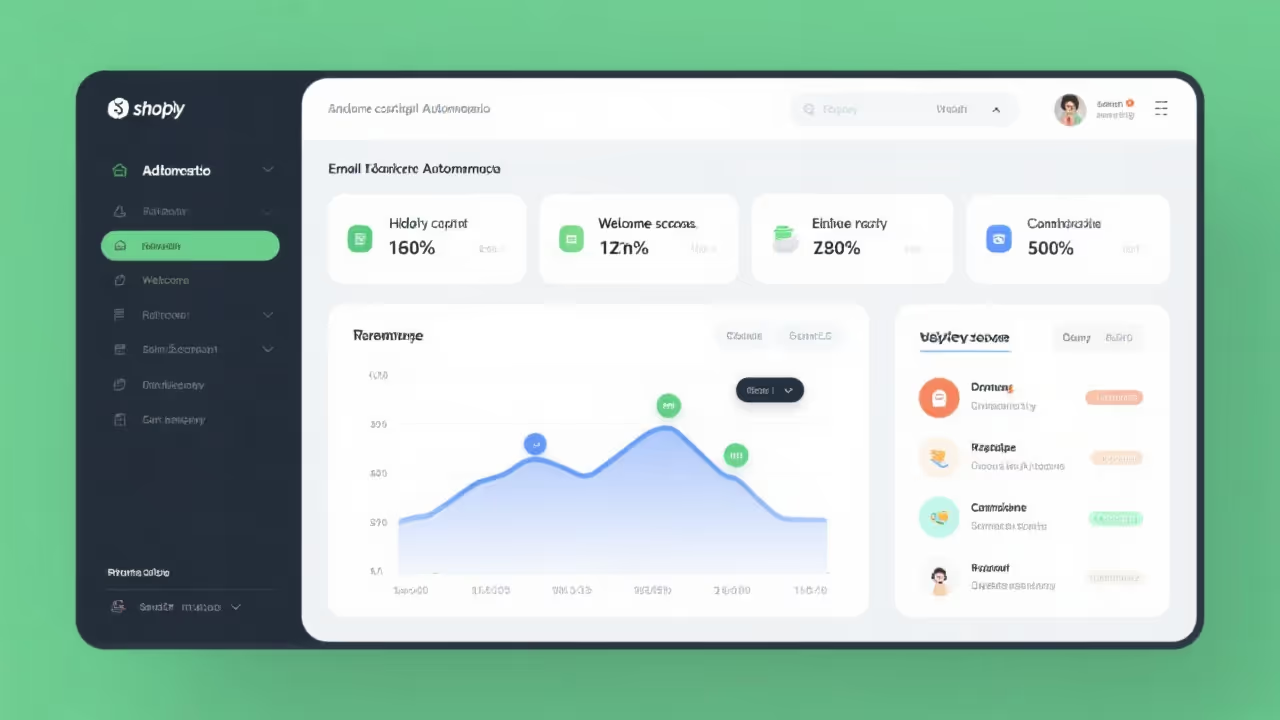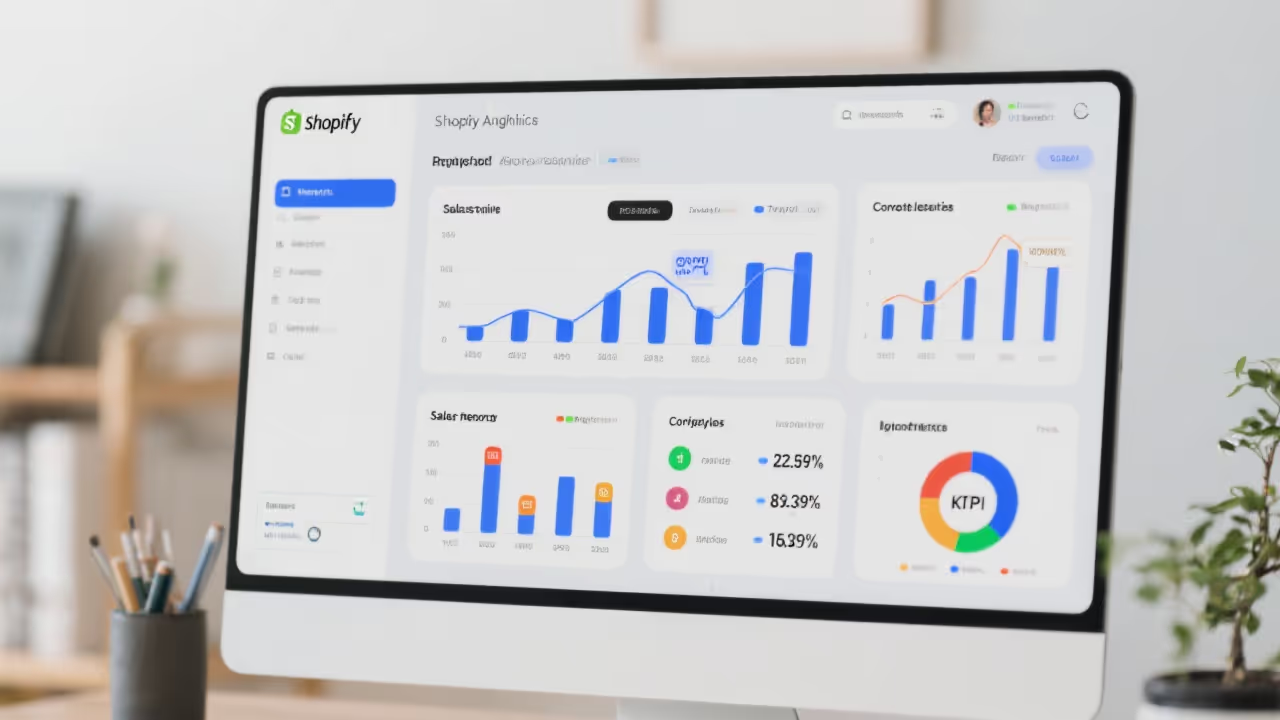Your Shopify store loads in 5 seconds. Your competitor's headless store loads in 0.8 seconds. Guess who's winning? Headless commerce isn't just a buzzword - it's a 40% conversion rate improvement waiting to happen. After building 30+ headless implementations generating $500M+ in revenue, we know exactly when traditional Shopify hits its limits and headless becomes essential. Here's everything you need to know.
**When Headless Makes Sense**: Not every store needs headless. You do when: Page load speed is killing conversions (>3 seconds), Custom functionality needs exceed Liquid's capabilities, Omnichannel presence requires unified backend, Content management needs are complex, International expansion demands flexibility, B2B and B2C require different experiences, Investment budget exceeds $100K. If 3+ apply, headless is your answer.

**The Real Benefits Beyond Speed**: Speed is just the beginning: Performance: 200-300% faster page loads, Flexibility: Any frontend framework or design, Scalability: Handle millions of sessions, Personalization: Real-time, AI-driven experiences, Developer Experience: Modern tools and workflows, Future-Proofing: Adapt to any new channel, SEO Advantages: Better Core Web Vitals. Combined impact: 40-60% conversion improvement typical.
**Headless Architecture Fundamentals**: Understanding the separation of concerns: Shopify as Backend: Products, inventory, orders, customers, Frontend Options: Next.js, Nuxt, Gatsby, Hydrogen, API Layer: Storefront API, Admin API, GraphQL, CDN Strategy: Edge computing for global speed, Data Layer: Real-time sync and caching, Middleware: Business logic and integrations. Each layer optimized independently = maximum performance.
**Choosing Your Frontend Framework**: The most critical decision: Hydrogen: Shopify's React framework, deepest integration, Next.js: Most popular, huge ecosystem, best DX, Nuxt.js: Vue alternative, great for teams knowing Vue, Gatsby: Static generation, ultimate performance, Remix: Full-stack framework, modern approach, Custom React: Maximum flexibility, more work. Next.js dominates for good reason - choose it unless you have specific needs.
**API Strategy and Optimization**: APIs are your new bottleneck: Storefront API: Read-only, optimized for speed, Admin API: Read/write, careful with rate limits, GraphQL Benefits: Request exactly what you need, Pagination Strategy: Cursor-based for large catalogs, Caching Layer: Redis or similar mandatory, Rate Limit Management: Implement backoff strategies, Webhook Architecture: Real-time updates. Poor API usage kills headless benefits.
**Performance Optimization Tactics**: Every millisecond counts: Static Generation: Pre-build what you can, Incremental Regeneration: Update without full rebuild, Image Optimization: Next-gen formats, lazy loading, Code Splitting: Load only what's needed, Prefetching: Anticipate user navigation, Service Workers: Offline capability, Edge Functions: Compute closer to users. Target: <1 second load time globally.
**Content Management Architecture**: Headless needs flexible content: CMS Options: Contentful, Sanity, Strapi, Prismic, Content Modeling: Flexible schemas for any need, Preview Systems: See changes before publishing, Localization: Multi-language from the start, Asset Management: Images, videos at scale, Version Control: Track all content changes, API Performance: CMS can't be bottleneck. Content flexibility sells headless internally.
**Search and Discovery Implementation**: Search complexity increases headless: Algolia: Most popular, powerful features, Elasticsearch: Open source, needs more work, Constructor: AI-powered, great for large catalogs, Klevu: Good Shopify integration, Searchspring: Enterprise features, Implementation: Client-side vs server-side, Personalization: User-specific results. Search can make or break headless UX.
**Checkout Considerations**: The trickiest part of headless: Shopify Checkout: Easiest but less flexible, Checkout Extensibility: New Plus feature, Custom Checkout: Full control, PCI complexity, Payment Integration: Multiple gateways, Conversion Optimization: Every field matters, Security Requirements: PCI DSS compliance, International Support: Multi-currency, tax. Most stick with Shopify checkout initially.
**State Management Patterns**: Complex state needs structure: Global State: User, cart, preferences, Local State: Component-specific data, Server State: Products, inventory, Cache Strategy: What to store where, Synchronization: Keep everything current, Persistence: Local storage usage, Performance: State updates impact speed. Redux Toolkit or Zustand recommended.
**SEO in Headless World**: Different rules apply: Server-Side Rendering: Mandatory for SEO, Meta Tag Management: Dynamic generation, Structured Data: Enhanced rich snippets, XML Sitemaps: Automated generation, Core Web Vitals: Easier to optimize, International SEO: Hreflang implementation, JavaScript SEO: Ensure crawlability. Headless can outrank traditional when done right.
**Development Workflow Optimization**: Modern tools for modern stack: Version Control: Git workflow mandatory, CI/CD Pipeline: Automated testing and deployment, Environment Strategy: Dev, staging, production, Testing Approach: Unit, integration, E2E, Monitoring: Real user metrics crucial, Error Tracking: Sentry or similar, Performance Budgets: Automated checking. Professional workflow prevents amateur results.
**Cost Considerations and ROI**: Headless isn't cheap but pays off: Initial Development: $100K-500K typical, Ongoing Maintenance: $5K-20K monthly, Infrastructure Costs: CDN, hosting, services, Tool Subscriptions: CMS, search, monitoring, Developer Resources: Specialized skills needed, ROI Timeline: 6-12 months typical, Revenue Impact: 40-60% improvement common. Calculate ROI before starting.
**Migration Strategy from Traditional**: Don't flip the switch overnight: Phase 1: Homepage and key landing pages, Phase 2: Collection and product pages, Phase 3: Cart and checkout process, Phase 4: Account and auxiliary pages, Parallel Running: Both systems temporarily, Rollback Plan: Always have escape route, Performance Monitoring: Validate improvements. 3-6 month migration typical for large stores.
**Team Structure for Success**: Headless needs different skills: Frontend Developers: React/Vue expertise, Backend Developers: API and integration focus, DevOps Engineers: Infrastructure and deployment, UX Designers: Performance-first mindset, Product Managers: Technical understanding, QA Engineers: Automated testing skills. Wrong team composition guarantees failure.
**Common Headless Pitfalls**: Learn from others' mistakes: Underestimating complexity and cost, Poor API usage causing bottlenecks, Ignoring SEO requirements, Complex checkout reducing conversion, Over-engineering simple features, Inadequate caching strategy, Limited testing causing bugs. Each mistake costs time and money.
**Monitoring and Optimization**: Launch is just the beginning: Real User Monitoring: Actual performance data, Synthetic Monitoring: Catch issues early, A/B Testing: Continuous optimization, Error Rates: By page and feature, Conversion Tracking: Detailed funnel analysis, Cost Monitoring: Infrastructure spending, Performance Regression: Automated alerts. Continuous optimization required for ROI.
**Your Headless Decision Framework**: Month 1: Assess current limitations and opportunities, Month 2: Technical planning and team assembly, Month 3: Prototype and validate approach. Go/No-Go Criteria: Current site speed >3 seconds, Conversion rate below industry average, Technical limitations blocking features, Budget available for investment, Team ready for complexity. Headless is powerful but not for everyone. When done right, it transforms your business. When done wrong, it's an expensive mistake. Assess honestly, plan thoroughly, execute flawlessly.




